Copyright Brodie Ramin, 2020
All rights reserved. No part of this publication may be reproduced, stored in a retrieval system, or transmitted in any form or by any means, electronic, mechanical, photocopying, recording, or otherwise (except for brief passages for purpose of review) without the prior permission of Dundurn Press. Permission to photocopy should be requested from Access Copyright.
Publisher: Scott Fraser | Acquiring editor: Kathryn Lane | Editor: Dominic Farrell
Cover designer: Sophie Paas-Lang
Cover image: unsplash.com/James Wheeler
Printer: Marquis Book Printing Inc.
Library and Archives Canada Cataloguing in Publication
Title: The age of fentanyl : ending the opioid epidemic / Brodie Ramin, M.D.
Names: Ramin, Brodie, 1982- author.
Description: Includes bibliographical references and index.
Identifiers: Canadiana (print) 20190231890 | Canadiana (ebook) 20190231904 | ISBN 9781459746701 (softcover) | ISBN 9781459746718 (PDF) | ISBN 9781459746725 (EPUB)
Subjects: LCSH: Opioid abuse. | LCSH: Fentanyl. | LCSH: OpioidsOverdose. | LCSH: FentanylOverdose.
Classification: LCC RC568.O45 R36 2020 | DDC 362.29/3dc23
We acknowledge the support of the Canada Council for the Arts and the Ontario Arts Council for our publishing program. We also acknowledge the financial support of the Government of Ontario, through the Ontario Book Publishing Tax Credit and Ontario Creates, and the Government of Canada.
Care has been taken to trace the ownership of copyright material used in this book. The author and the publisher welcome any information enabling them to rectify any references or credits in subsequent editions.
The publisher is not responsible for websites or their content unless they are owned by the publisher.
Printed and bound in Canada.
VISIT US AT
 dundurn.com
dundurn.com
 @dundurnpress
@dundurnpress
 dundurnpress
dundurnpress
 dundurnpress
dundurnpress
Dundurn
3 Church Street, Suite 500
Toronto, Ontario, Canada
M5E 1M2
To those we have lost, those still fighting, and everyone working to end this epidemic.
Contents
Introduction
The nurse on the phone told me Amber had been eating breakfast an hour earlier, she had seemed well, but now she was hardly breathing. She wouldnt wake up. When I entered the room, she was unconscious. She looked so peaceful, her long black hair spread across the pillow. I placed an oxygen meter on her right index finger and saw the blue sapphire glow under her nails, the sign of hypoxia I had seen in my textbooks. The oximeter beeped into life and confirmed what we could see with our own eyes: Amber was dying.
The most accurate sign of an opioid overdose is a person taking fewer than twelve breaths a minute. Try breathing only once every five seconds. If you wait too long, your brain stem takes over and forces you to breathe. Amber was breathing once every ten seconds.
She had been admitted two days earlier to the third floor of the Toronto hospital where I was a fourth-year medical student on the internal medicine ward. Amber had come to the emergency room with a fever on Sunday night. Every part of her body hurt, and her chest felt heavy; she thought she had the flu. Her doctor knew she was using needles.
It was 2009, and more men and women like Amber were walking into emergency rooms across North America with track marks, abscesses, and infections deep in their bodies. More were coming in by ambulance after overdosing, as well.
Amber was anxious, especially when she was told she had a murmur in her heart. She said no one had told her that before. Not that shed been to the doctor in a while. Her mother drank and her father was long gone. Her teachers cared about her, but she had left school and home at sixteen.
The first time Amber snorted heroin, she forgot, for a while, about her mother, her absent father, the men who had hurt her, and the small room where she lived with her latest boyfriend. The heroin travelled to the opioid receptors in her central and peripheral nervous system. The opioid flooded her brain with the pleasure molecule dopamine. She felt no pain. It was like floating in a pool of warm salt water.
She had been injecting for only a month when her fevers started. The heart murmur and the red sores on her arms, quickly identified as track marks by her doctor, led to the diagnosis of endocarditis, an infection in her heart, which took her some time to understand. A mass of bacteria was coalescing on her hearts tricuspid valve, sending waves of bacteria and debris ricocheting through her body with every heartbeat. We could see the mass, called a vegetation, using an echocardiogram, an ultrasound of the heart. We gave her penicillin and treated her fever.
When she overdosed in her hospital bed, we administered the antidote: naloxone. The naloxone entered her IV, pulsed into her vein, and then filtered through to all the opioid receptors in her body. The tiny molecules displaced any opioids in her system and blocked the opioid receptors. In a few seconds, she sat up with a start, eyes wide, her black hair whipping around.
Shit! she exclaimed.
She looked around in anger.
What did you do to me?
The naloxone had put her into immediate opioid withdrawal, but after a few minutes she calmed down. We explained to her that she had stopped breathing. We had needed to give her oxygen to put a mask on her and squeeze air into her lungs with a bag valve mask to help her breathe. She had overdosed. She had been using heroin in her room again. Her boyfriend had smuggled it in; they couldnt stop using. As we reminded her, she nodded. Yes, it was true, that was what had happened. She had never been given naloxone before, so she had never been so rudely awakened from a drug-induced slumber. It would still be a few years before naloxone would be found in every paramedics bag and every pharmacy, before it would be pressed into the hands of people who use drugs across the continent.
Amber was the first patient I had ever treated for an opioid overdose. She was the first patient with whom I discussed getting addiction treatment and trying methadone something she was seriously considering, especially now that she had this thing growing in her heart.
I had no special interest in addiction medicine at that time. I had done my masters thesis on tobacco control and I was interested in infectious diseases like HIV and hepatitis. If someone had told me I would end up as an addiction doctor, working on the front lines of the opioid epidemic first the OxyContin wave, then heroin, then fentanyl I would not have believed it.
But the epidemic called my name.
Opioids, like fire, like floods, like disease, have been killing for millennia. There have been waves of deaths caused by drugs in the past, and there have been moral panics about them. What is different this time is the durability of the epidemic. If we trace it back to the early 1990s, we see that it has been with us for a quarter century, first hiding, lurking below public awareness, and now frightfully obvious. The other thing that is different this time is the scale of the epidemic. Opioid overdoses have become the number-one cause of accidental death in North America, reaching into every level of society and pushing down life expectancy. The final thing that is different is fentanyl.

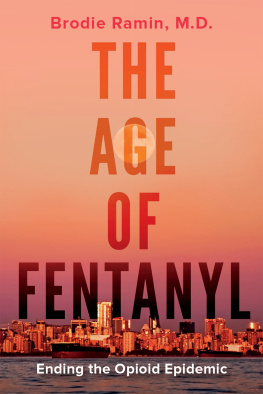

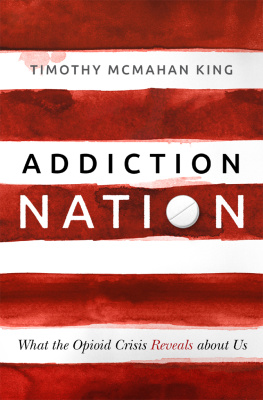
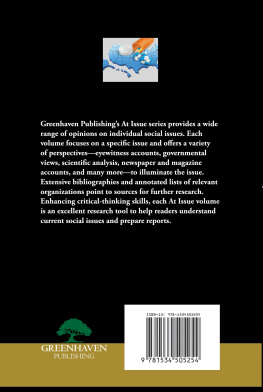
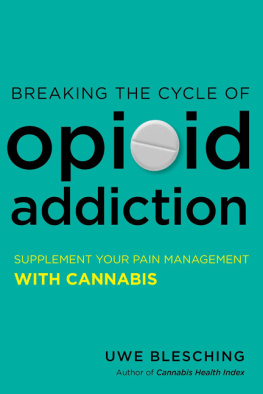
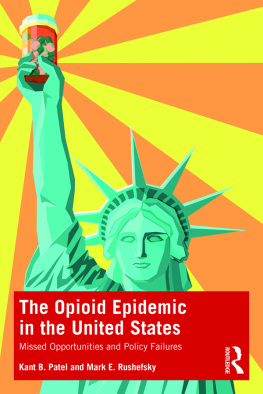
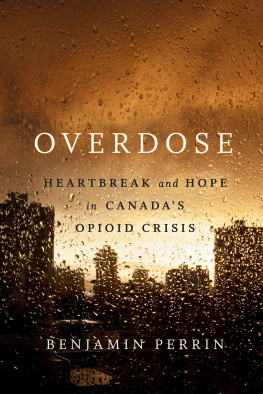

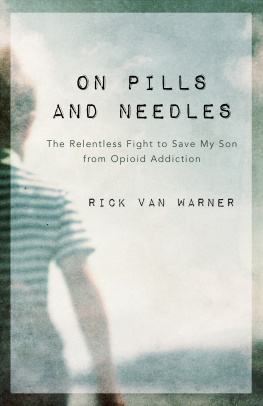

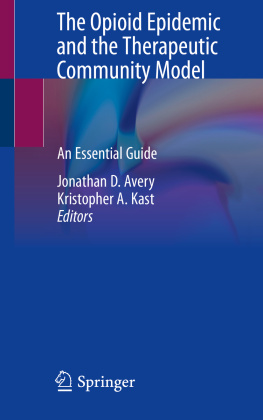

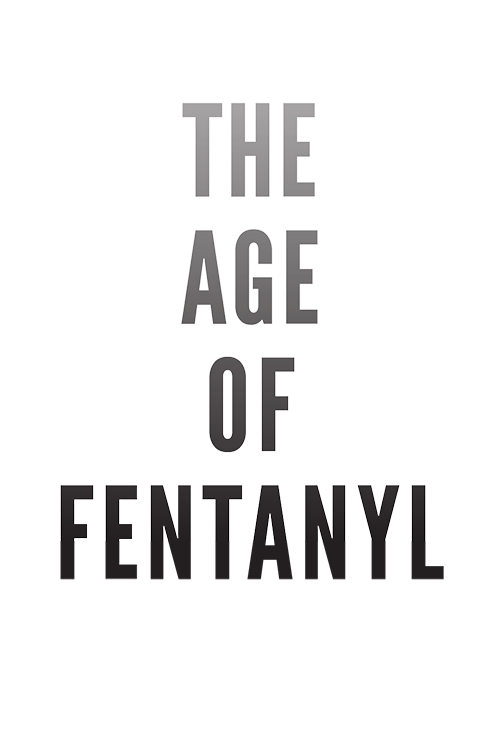


 dundurn.com
dundurn.com @dundurnpress
@dundurnpress dundurnpress
dundurnpress dundurnpress
dundurnpress